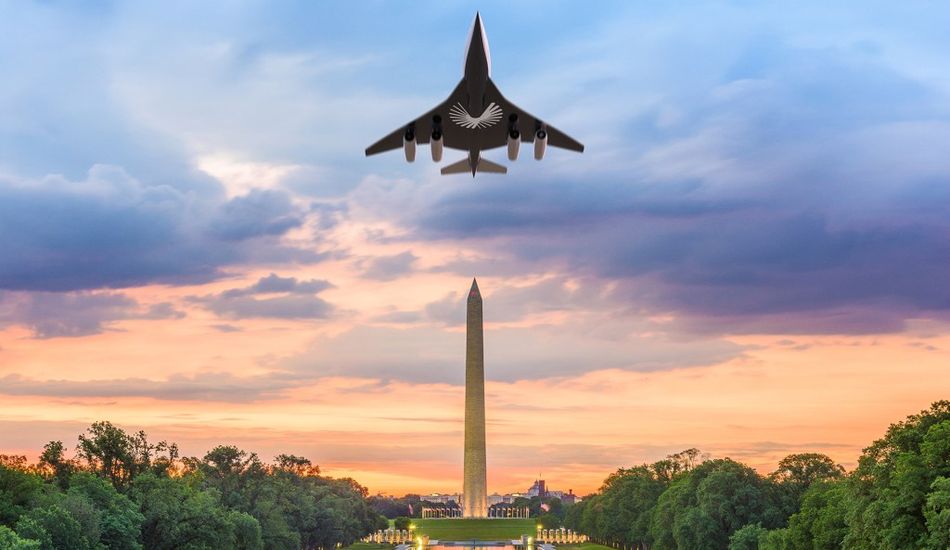
Supersonic Flight Takes Off in the US
President Trump recently signed an executive order revoking the decades-long ban on supersonic flight over US land. This significant policy change follows closely behind bipartisan legislative efforts aiming for the same goal. The order mandates the Federal Aviation Administration (FAA) to not only lift the ban but also establish noise-based certification standards for supersonic aircraft. This means that faster-than-sound travel will be permitted, provided that no ground-level sonic boom is produced.
A New Era for Supersonic Travel
The White House Office of Science and Technology Policy director highlighted the potential for drastically reduced travel times, envisioning trips between major US cities like New York and Los Angeles completed in under four hours. This could be a game-changer for domestic air travel.
This move is expected to provide a substantial boost to the development of commercial supersonic flight. Companies like Boom Supersonic, which recently achieved a significant milestone with its XB-1 demonstrator breaking the sound barrier, are poised to benefit from this regulatory shift. The CEO of Boom Supersonic, in response to the executive order, simply stated that the previous barrier was always regulatory, not physical. The commercialization of supersonic passenger air travel now seems to be a much closer reality.
Furthermore, President Trump signed additional executive orders focused on accelerating the commercialization of drones and electric vertical takeoff vehicles, indicating a broader commitment to modernizing air travel infrastructure and technology. A new federal task force has also been established to review and potentially revise existing restrictions on drone operations.
Source: TechCrunch